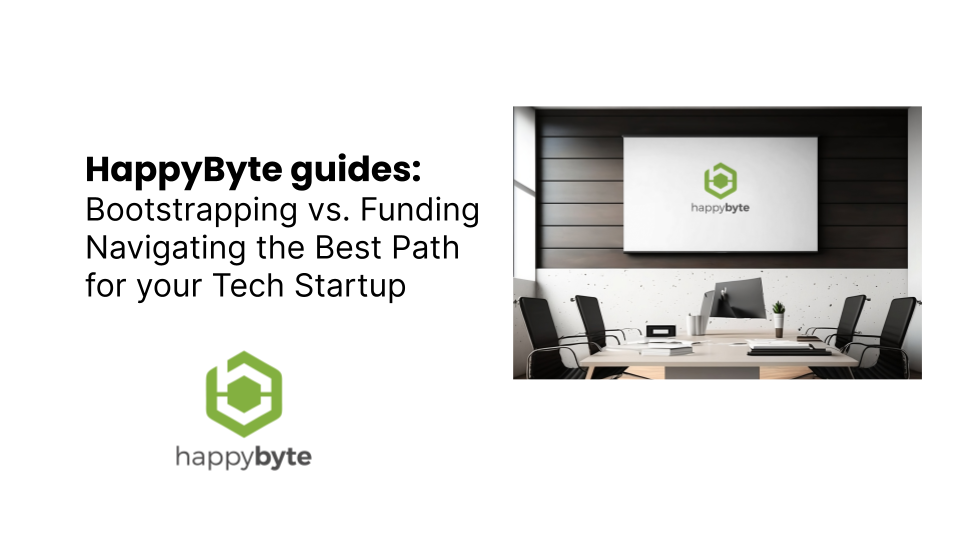When launching a tech startup like an app development venture, one of the most critical decisions to make is how to finance your operations. Two primary approaches dominate the startup landscape: bootstrapping and external funding.
In this article, we will delve into the differences, advantages, and drawbacks of both approaches to help you make an informed decision for your business.
Understanding Bootstrapping and External Funding
Bootstrapping involves launching and operating a startup using personal finances or the business’s revenue. It requires fiscal discipline, careful budgeting, and often, multitasking across various roles.
On the other hand, external funding involves acquiring capital from investors such as angel investors, venture capitalists, or even through crowdfunding platforms. This approach can provide a significant financial cushion, allowing startups to scale quickly.
The Pros and Cons of Bootstrapping
Pros:
- Total Control: You make all decisions without external interference.
- No Equity Dilution: You retain 100% ownership of your company.
- Financial Discipline: Limited resources encourage prudent spending and lean operations.
- Focus on Profitability: Without investor pressure for quick growth, you can focus on building a sustainable, profitable business.
Cons:
- Limited Resources: You only have access to your own funds, which may limit growth.
- Slow Growth: Limited capital can mean slower progress and less aggressive scaling.
- Increased Risk: Personal assets could be at risk if the business fails.
- Lack of Expert Guidance: No access to investors’ business acumen and industry connections.
The Pros and Cons of External Funding
Pros:
- Greater Capital: Investors provide substantial funds for business growth.
- Credibility: Association with known investors can enhance your brand’s credibility.
- Network Access: Investors often provide valuable industry connections and mentorship.
- Reduced Personal Financial Risk: You’re not putting your own assets on the line.
Cons:
- Equity Dilution: You’ll have to give up a portion of your company’s ownership.
- Loss of Control: Investors will have a say in major decisions.
- Pressure for Quick Returns: Investors expect fast growth and high returns.
- Potential for Conflict: Disagreements over company direction can arise with investors.

The HappyByte Way: A Bootstrap Success Story
At HappyByte, we are a testament to the effectiveness of bootstrapping. We started our journey by self-funding our operations, which allowed us to retain full control over our business decisions. This approach enabled us to grow organically, focusing on creating high-quality app solutions using Flutter, a versatile and powerful framework.
Bootstrapping encouraged us to prioritize customer satisfaction and innovate consistently, leading to sustainable growth. Our journey demonstrates that with the right strategies and a robust business model, bootstrapping can lead to success in the competitive tech startup landscape.
HappyByte: Crafting Happiness in Every Byte
Deciding between bootstrapping and external funding is a crucial decision that depends on various factors, including your business model, market dynamics, and personal preferences. Both approaches have their merits and challenges. At HappyByte, we believe that the key to success lies in understanding these trade-offs and choosing the path that aligns best with your vision and capabilities.
Remember, regardless of the path you choose, a strong focus on delivering quality and value to your customers is paramount. If you’re looking to create an impactful mobile application or need support in enhancing your existing Flutter app, reach out to us at HappyByte. We’re here to help you navigate your tech startup journey successfully.









